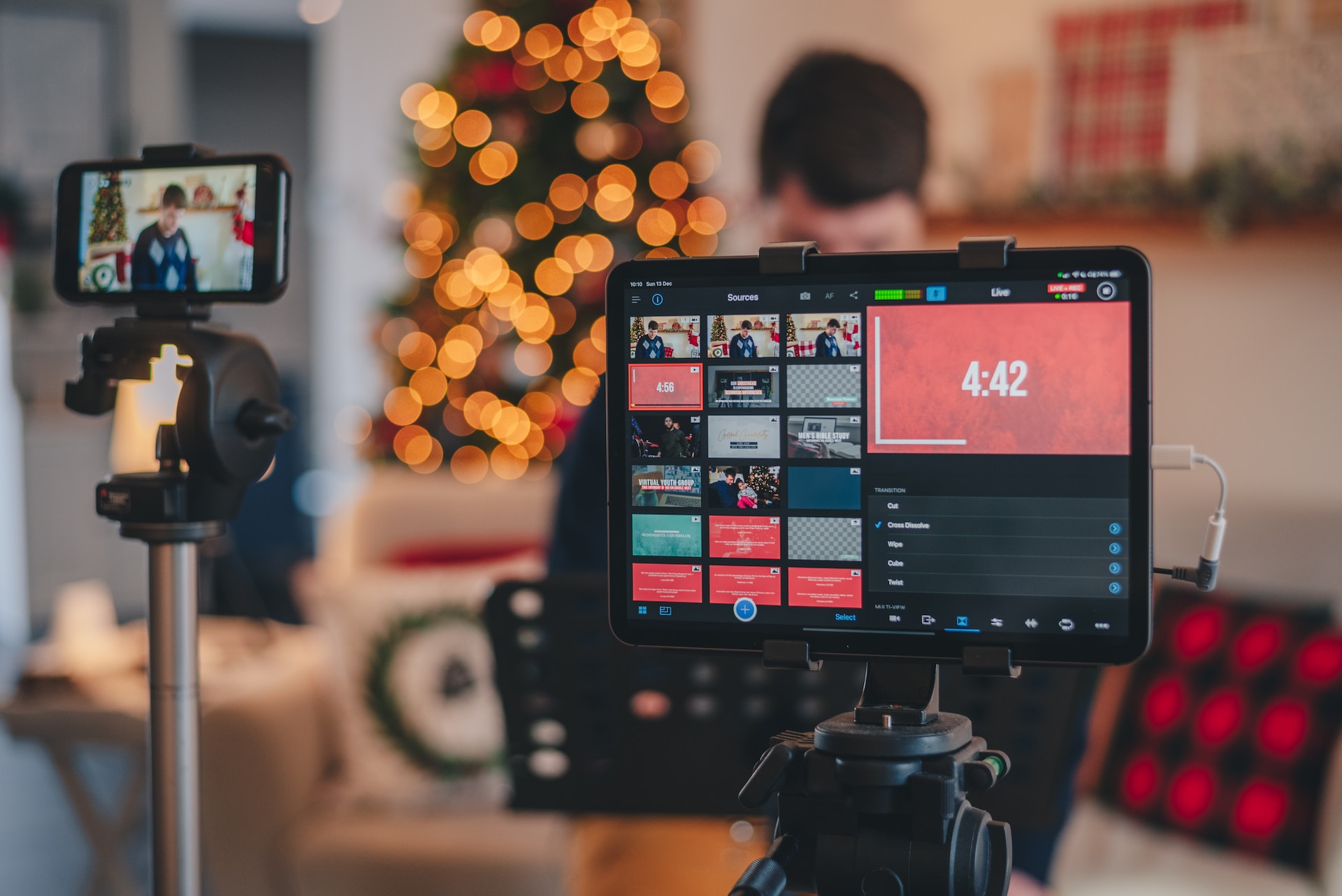The Essential Elements of a Successful Virtual Event
Whether hosting a webinar, on-demand workout class or virtual conference, you can create an impactful event beyond the computer screen.
Ensure your event succeeds by identifying key metrics for determining ROI before the event begins and reviewing insights afterward. Consider using virtual event marketing tools like:
Engaging Content
Virtual events offer organizations a way to engage members with meaningful content that resonates. However, creating engaging event content can be challenging.
In-person events can draw attendees by offering a unique destination and networking opportunities, but virtual event planners must think outside the box to ensure their attendees stay engaged.
Keynotes can use interactive polling or live Q&A sessions to engross attendees. Similarly, breakout sessions can utilize activity feeds like social media posts. For example, asking attendees to send an emoji when they want to speak can help renew energy and refocus a session. This will also help you capture audience data.
Convenient Registration
Virtual event planning can help cut costs, reduce time to market, accelerate sales cycles and reach a wider audience. However, they should be considered a part of the general meeting and events strategy to maximize their impact and ROI.
One of the first steps to a successful virtual event is a robust online registration process that collects important data from attendees like contact information, dietary restrictions and preferred session formats. This will provide planners and marketers with valuable insights they need to plan a great event and prove the success of their efforts. Additionally, convenient registration tools help attendees connect before and after the event through chat groups and one-on-one appointments.
Countdown Timer
Virtual events, like in-person ones, require proper marketing to generate interest and encourage attendees to register. The event website is your most important promotional tool.
Countdown timers are an effective tool for creating a sense of urgency and increasing conversions on your landing pages. They work well for limited-time offers, product launches, and event registration.
However, it’s important to use these tools wisely and with transparency. If used incorrectly, they can create a sense of urgency that feels manipulative or deceptive. This can lead to an unpleasant user experience and a negative impact on your brand. Be sure to test and optimize your timers before launching them.
Interactive Q&A
Virtual events can help you connect with your audience and build awareness of your products. They can also increase productivity and sales by reducing travel expenses and providing an alternative to in-person events.
For speakers, Q&A can be the most challenging part of a presentation. It’s easy to get tripped up by irrelevant questions, meandering conversations or hostility.
Use meeting software that makes interacting with attendees and fielding questions a breeze. Q&A apps allow you to push attendees’ questions to a confidence monitor or public screen and enable everyone to participate. You can even leverage anonymity to encourage participants to ask questions they might be afraid of asking in person.
Interactivity
As more organizations leverage virtual events, they need to think about keeping attendees engaged beyond the top-down webinar format. They also need to consider how to offer value-added engagement, interactivity and personalization.
An interactive virtual Q & session energizes the audience and renews their energy if they feel tired from listening for long periods. Allowing audience members to turn their mics on, ask questions and even upvote other questions can provide a more personal experience for the participants.
Using the chat feature within your virtual event platform is easy to engage attendees. Adding small comments and emoji reactions can create a more personalized experience.
Social Media
Chances are you’ve participated in virtual events before—a webinar, on-demand workout classes or video conference meetings. The world continues to shift toward online events because of their convenience, accessibility and the ability to reach global audiences.
Make sure your virtual event engages attendees from start to finish. Create networking lounges and connect your speakers, sponsors and exhibitors to like-minded attendees before the event. Encourage attendees to chat and share content via social media to boost event engagement before and after the event.
Don’t take your attendees’ digital savvy for granted. Before your event, please provide them with a guide that helps them navigate the event app and sessions. This will help ease their stress and reduce the flood of questions on Day 1 of your event.







0